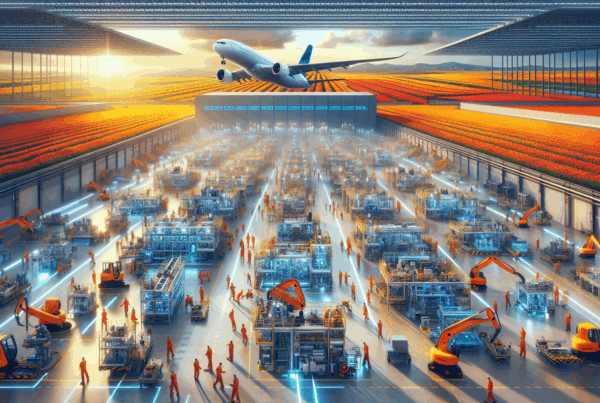The family successor debate 737 and A320 is a regular feature of aviation news. As worldwide demand for efficient, less-polluting single-aisle jets rises, the two industry giants are adopting a cautious strategy, favoring incremental improvements over all-new products. This positioning has direct consequences for airlines, engine manufacturers and passengers alike.
Why Boeing and Airbus are stalling on the successor to the 737 and A320
According to FlywestThe leaders of both manufacturers believe that the technological leaps required to justify an entirely new program have not yet been achieved. The design of a new single-aisle aircraft involves colossal investments, extensive industrial coordination and market acceptance that must be clearly measured. In the face of these challenges, caution prevails: the technological maturity and economic viability converge.
The three major obstacles to a decision
The first hurdle is financial: launching a new aircraft requires billions of euros of investment, and exposes manufacturers to high risk if the market doesn't catch on quickly. The second obstacle is technological: to offer a differentiating advantage, we need breakthroughs in propulsion, materials or architecture that significantly reduce fuel consumption and emissions. The third obstacle is the regulatory environment and customer expectations: the industry expects proven solutions that are compatible with airport infrastructures and global operational standards.
Progressive evolution rather than revolution
Rather than embarking on an all-or-nothing program, Airbus and Boeing seem to be focusing on incremental improvements to existing families. This means optimizing engines, integrating new composite materials and improving aerodynamics. These developments help to reduce fuel consumption and operating costs, without the uncertainties of an entirely new development.
Which technologies remain the focus of attention?
Advanced propulsion takes center stage in the discussions: hydrogen, hybrid electric and ultra-high-efficiency motors are seen as promising avenues. But each presents major technical and logistical challenges, from hydrogen production and distribution to thermal management and battery life cycle. As a result, the "miracle" solution is not yet ready for mass deployment on commercial single-aisle aircraft.
The role of engine manufacturers and the supply chain
Engine manufacturers play a decisive role in the feasibility of a new aircraft. For a new single-aisle aircraft to become attractive, it needs an engine capable of delivering substantial and reliable efficiency gains. In addition, the supply chain must be able to support a rapid ramp-up without compromising quality or costs. Until these elements are in place, the industrial risk remains high.
Consequences for airlines and the market
In the short and medium term, the strategy of incremental improvements favors operational continuity for airlines, which can modernize their fleets in phases without disrupting their renewal plans. This also benefits leasing operators and secondary markets. On the other hand, the late arrival of a truly disruptive successor postpones the potential gains in terms of emissions reduction and cost optimization across the global fleet.
Impact on production and competition
The tactics adopted by the manufacturers have changed the sales dynamic: companies continue to order advanced versions such as theA320neo or the variations of 737This approach keeps pressure on production capacity and suppliers. This approach keeps pressure on production capacity and suppliers, while giving manufacturers time to finalize cleaner, more efficient technologies.
Key information
Current situation according to Flywest Boeing and Airbus are putting the brakes on announcements of new single-aisle aircraft, preferring gradual upgrades of existing ranges. Main reasons: insufficient technological maturity, high financial risks and supply chain constraints. Technologies under scrutiny : hydrogenand new composites. Consequences for the market: incremental fleet modernization, continued orders for neo versions and deferral of environmental benefits to the longer term.




